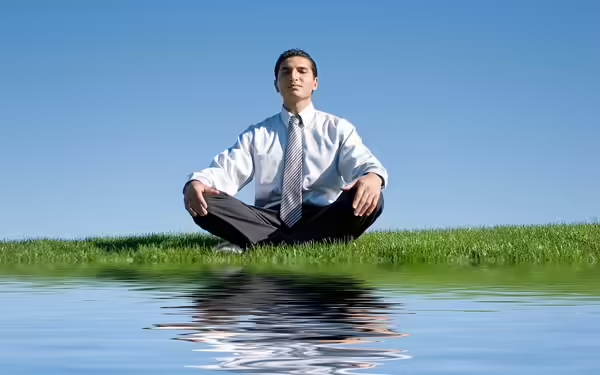Exercise is healthy. Most people know that regular exercise prevents numerous illnesses including heart disease, high blood pressure, type 2 diabetes, stroke, osteoporosis and certain forms of cancer. But 56% of Canadians over 20 are inactive and less than 20% meet optimal activity guidelines.
Since exercise makes you feel better, it is shocking that more people aren’t active on a regular basis. It has been well documented that exercise improves mood after a single session of 25 to 70 minutes at a moderate intensity. This effect lasts for several hours. People feel increased energy and vigor, less down, tense, anxious and less stressed after exercise. They think more clearly and sleep better. This effect is so
pronounced that exercise can be a very effective anti-depressant. Research has shown regular exercise to be as effective as medication in treating most depression. Exercise even stimulates the growth of cells (neurons) in the memory region of the brain (hippocampus), which can improve memory and reduce cognitive decline in the elderly. It makes us feel better immediately and improves our health in the long run, but over 50% haven’t yet jumped on the band-wagon.
In our research, we have found that the relationship between life happiness and the amount of exercise a person gets, to be .49. By contrast the relation between happiness and income was only .40. People put so much time and energy into making more money, but don’t have the time, energy or motivation for exercise.
We believe the underlying problem, to be the cognitions linked to exercise. People think they ‘should’ exercise and as a result they feel guilt that they don’t. The image associated with exercise is unpleasant and demanding, requiring a lot of time and effort. When beginning an exercise program, they believe that goals must be met and it must be progressive with increasing time, energy and discomfort.
People who exercise regularly on the other hand have a mental image of enjoyable activity and feeling good after exercise. It is critical that we approach exercise with the mental approach that we want to do it (drop the ‘should’) and that there are activities that we enjoy while doing them. We want to avoid
evaluating our performance and being sensitive to what others may think. Seek ‘flow’ during exercise. Feel engaged. Lose yourself in the activity as in a state of meditation. Don’t feel like it? – just do a little.
ENHANCING PHYSICAL FITNESS
A recent survey indicates that the major obstacles to a fitness program for sedentary Canadians are: 1. They don’t have time; 2. They don’t have the energy; 3. They aren’t motivated. Each of these, and many other obstacles can be a result of perfectionistic attitudes toward exercise. People believe it is only worthwhile if done for long periods of time all at once, spending a lot of energy and enduring a very unpleasant activity (exhausting ‘boot camp’). In fact 10 minutes of moderate exercise (brisk walking) 4 times a day may be equal to a single session of equal duration. It can be very pleasant if you have an exercise buddy or music player.
Getting the most from our research analysis
Research has identified the important connection between exercise and happiness and factors that interfere with motivation.
Start exercising with an activity that you feel you will enjoy. Be flexible and allow yourself to simply enjoy the time spent. This may mean going easy at times and simply seeking flow.
SMARTER THERAPY: Tips to enjoy your exercise.
- Start easy. Go gently. Look forward to the time spent. Seek a state of flow.
- Predict your enjoyment. Before exercising, predict how much you will enjoy it and how you will feel after. Following your exercise write down how much you actually enjoyed it and compare.
- Accept imperfections. No plan is perfect. Interruptions are expected – get back to it.
A Publication of the Centre for Cognitive Therapy. Written by Dr. Arthur Blouin.











